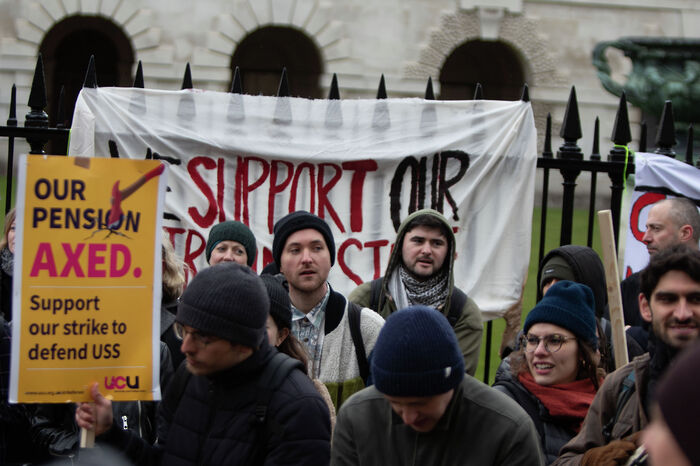Cambridge ‘among the most liberal places in the country’
The Castle area of Cambridge is a cosmopolitan area in which economic concerns are ‘uncommon’, says national investigation

The Castle area of Cambridge, which includes more than a third of the University’s colleges, is “the most liberal area” of England, according to an investigation into national attitudes published last week.
The study, entitled ‘Fear, hope and loss: Understanding the drivers of hope and hate’, was conducted by anti-extremist political action group Hope Not Hate. These findings come after a report by the Centre for Cities, released in February this year, described Cambridge as the least equal city in the UK in terms of wealth and income.
The Hope Not Hate report argues that there has been an emergence of “two Englands”, split between areas characterised by Euroscepticism and hostility towards immigration and “liberal, outward-looking and cosmopolitan areas”. The study, which polled 43,000 people at several intervals between 2011-2018 and incorporated analysis of Change.org petitions in support of Tommy Robinson, highlighted stark geographic divisions in attitudes towards immigration and multiculturalism.
The report distinguishes between six different cultural attitudes, or “tribes”, ranging from ‘Confident Multicultural’ to ‘Active Enmity’. The ‘Confident Multicultural’ category, the report argues, is characterised by a “celebratory” attitude towards ethnic diversity, low economic deprivation and proximity to universities.
The report used the Castle area of Cambridge to exemplify its ‘Confident Multicultural’ category, arguing that “the area surrounding St John’s College in Cambridge emerges as the most liberal” in England.
Such areas, the report argues, are inhabited by “highly educated graduates or postgraduates who see immigration and diversity as hugely positive, both economically and culturally”. The report’s authors propose that these areas are defined by “an optimistic, outward-looking perspective”.
Central to the ‘Confident Multicultural’ tribe, the report argues, is the role of universities, as 90% of the ‘confident multicultural’ areas are located “within a few hundred metres of universities”.
The report claims that the Castle area “is within the least deprived 10% of the country in terms of income, employment and adult skills”, arguing that “economic concerns are uncommon in areas such as this”.
The Castle area includes 12 colleges: Trinity, King's, St Edmund’s, Lucy Cavendish, St John’s, Magdalene, Murray Edwards, Churchill, Trinity Hall, Clare, Gonville and Caius, and Fitzwilliam.
Rosie Carter, the main investigator behind the Hope Not Hate report, told Varsity that the report sought to understand differences in attitudes rather than simply economic disparities. She said, “the report sees inequality, not just of wealth but of opportunity and wellbeing, as a key driver of attitudes”.
Carter also emphasised that the report analysed “small geographic units of around 1,000 houses rather than the whole city”.
When asked about student frustrations with living costs in Cambridge, including the ‘Cut the Rent’ Campaign, Carter was sympathetic to students’ financial circumstances but emphasised that the report “uses indices of multiple deprivation data”, including employment, education and skills and health, “rather than accounting for individual economic concerns”.
 News / Caius mourns its tree-mendous loss23 December 2025
News / Caius mourns its tree-mendous loss23 December 2025 Comment / Yes, I’m brown – but I have more important things to say22 December 2025
Comment / Yes, I’m brown – but I have more important things to say22 December 2025 News / Cambridge welcomes UK rejoining the Erasmus scheme20 December 2025
News / Cambridge welcomes UK rejoining the Erasmus scheme20 December 2025 News / CUP announces funding scheme for under-represented academics19 December 2025
News / CUP announces funding scheme for under-represented academics19 December 2025 Interviews / Politics, your own way: Tilly Middlehurst on speaking out21 December 2025
Interviews / Politics, your own way: Tilly Middlehurst on speaking out21 December 2025











